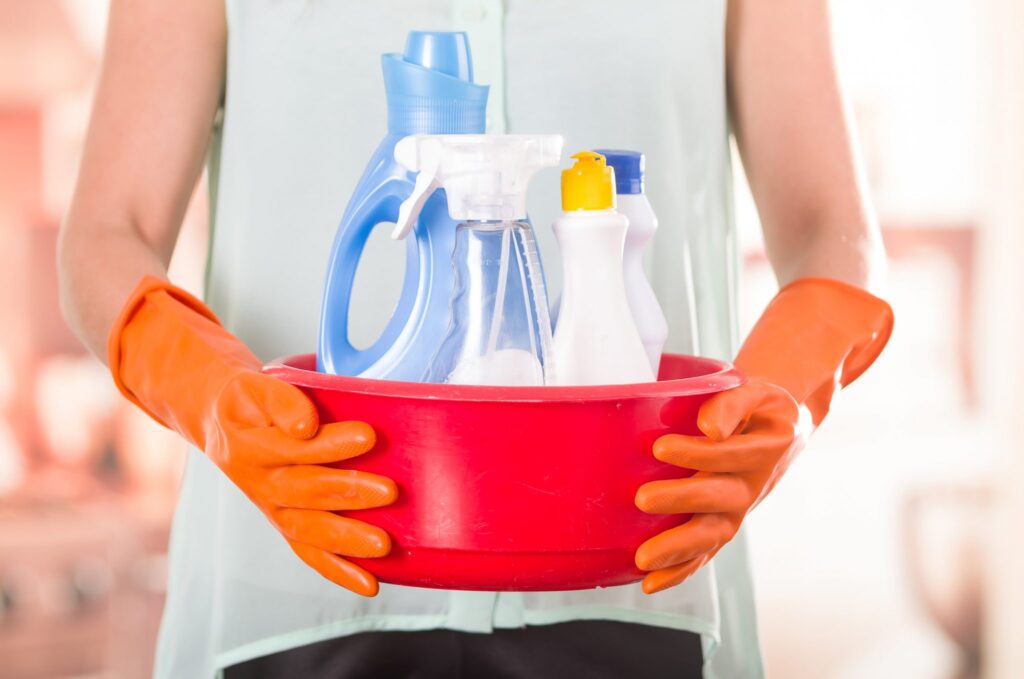There are a lot of factors to consider when choosing an air purifier for your home. Do you need one that filters out allergens? How about one that removes smoke and chemical pollutants? This guide will help you find the best air purifier for your needs. Plus, learn about some of the latest features available on today’s market!
Why You Might Need an Air Purifier
Air pollution is a serious problem in many parts of the world, and it’s only getting worse. Cars, factories, and power plants spew harmful chemicals into the air, and dust and pollen can cause allergies and respiratory problems. In some cases, the air inside homes and office buildings can be more polluted than the air outside.
Fortunately, there are ways to improve indoor air quality. One of the most effective is to use an air purifier. Air purifiers work by drawing in contaminated air and filtering out pollutants. Some models also emit negative ions, which can help to remove airborne particles.
While air purifiers are not a cure-all for indoor pollution, they can make a significant difference in the quality of the air you breathe. So if you’re concerned about air quality, an air purifier may be a good investment.
How to Choose the Right Air Purifier for Your Home
There are a few factors to consider when selecting an air purifier for your home. First, you’ll need to decide what type of air purifier you need. The most common types are mechanical filters, activated carbon filters, and ozone generators. each with its own advantages and disadvantages.
For example, mechanical filters are the most effective at removing particles from the air, but they can be noisy and require frequent maintenance. Activated carbon filters are good at removing odors and chemical vapors, but they may not be as effective at removing particles.
Ozone generators produce ozone, which is a powerful oxidizing agent that can remove contaminants from the air. However, ozone can also be harmful to human health, so it’s important to use an ozone generator only in well-ventilated areas. Once you’ve decided on the type of air purifier you need, you’ll need to choose the right size for your home.
Air purifiers are rated by the amount of square footage they can cover, so make sure to choose one that’s appropriate for the size of your room. Finally, you’ll need to decide how often you want to use your air purifier.
Some models can be left on all the time, while others need to be turned on only when needed. If you have allergies or asthma, you may want to consider an air purifier that has a HEPA filter. These filters can remove 99.97% of airborne particles, including pollen, dust mites, and pet dander.
The Benefits of Owning an Air Purifier
There are many benefits to owning an air purifier. Perhaps the most obvious benefit is that it can help to improve the air quality in your home. This is especially beneficial if you live in an area with high levels of air pollution or if someone in your family suffers from allergies or asthma.
An air purifier can also help to reduce odors and eliminate dust particles, making your home more pleasant and comfortable. In addition, many air purifiers come with features like HEPA filters that can help to remove bacteria and viruses from the air, making them a great choice for homes with young children or elderly family members.
With so many benefits, it’s no wonder that air purifiers have become increasingly popular in recent years.
Some of the Latest Features Available on Air Purifiers
As the air quality in many cities continues to decline, more and more people are turning to air purifiers to help improve their indoor air quality. While there are many different types and models of air purifiers on the market, some of the latest features available include:
- Hepa Filtration: This type of filtration is designed to remove 99.97% of airborne particles, making it ideal for those with allergies or other respiratory sensitivities.
- UV Sanitization: This feature uses ultraviolet light to kill bacteria and viruses, providing an extra level of protection against airborne illnesses.
- Ionization: This feature creates negatively charged ions that attach to positive ions in pollutants, helping to remove them from the air.
- Activated Carbon Filtration: This type of filtration is designed to remove common household odors, such as smoke, pets, and cooking smells.
- Remote Control Operation: Many newer models of air purifiers come with remote control operation, so you can easily adjust the settings without having to get up and walk across the room.
If you’re concerned about the quality of the air in your home, then consider investing in an air purifier. Air purifiers are designed to remove contaminants from the air, making it healthier to breathe.

